Refilling the LP (liquefied propane) tanks of a travel trailer can seem daunting, especially for first-time users. Knowing the proper procedures and safety protocols is crucial to ensure an effective and safe refill. In this guide, we’ll delve into the intricacies of refilling your travel trailer’s LP tanks, addressing common concerns while also offering tips and best practices.
Understanding LP Tanks in Travel Trailers
What are LP Tanks?
LP tanks are essential components in travel trailers, utilized for heating, cooking, and powering appliances like refrigerators and water heaters. Typically made from steel or aluminum, these tanks are designed to withstand high pressure and are equipped with a variety of safety features.
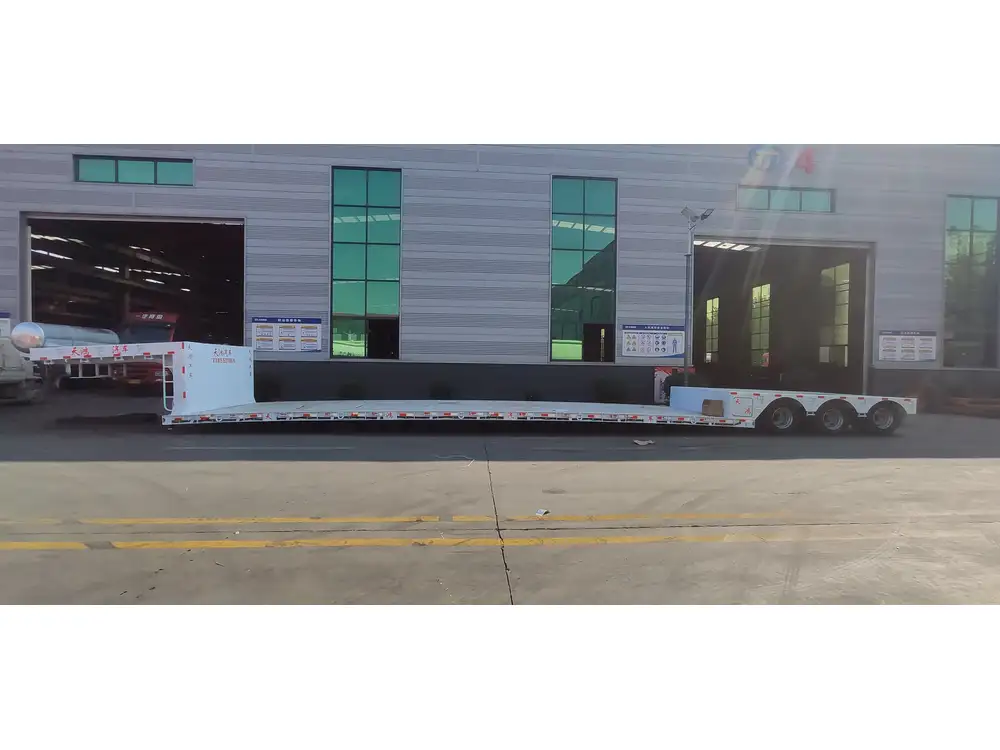
Types of LP Tanks
- Vertical LP Tanks: These are the most common design found in travel trailers.
- Horizontal LP Tanks: More commonly seen in permanent installations rather than in trailers.
Tank Sizes
LP tanks come in various sizes, with the most prevalent being:
- 20 lb Tank: Common for smaller trailers.
- 30 lb Tank: Often found in medium-sized RVs.
- 40 lb Tank: Typically used in larger models for extended traveling.
Safety Considerations Before Refilling

Important Safety Precautions
Before you proceed, consider these essential safety measures:
- Check for Leaks: Inspect the tank and connections for any signs of leaks. A simple soap and water test can reveal any problematic areas.
- Avoid Ignition Sources: Do not attempt to refill near open flames or hot surfaces.
- Personal Protective Equipment (PPE): Wear gloves and protective eyewear during the refilling process.
Knowledge of Local Regulations
Each region may have distinct regulations regarding the transport and refill of LP tanks. Familiarize yourself with the local codes and guidelines to avoid fines and ensure compliance.
Step-by-Step Guide to Refilling Your Travel Trailer LP Tanks
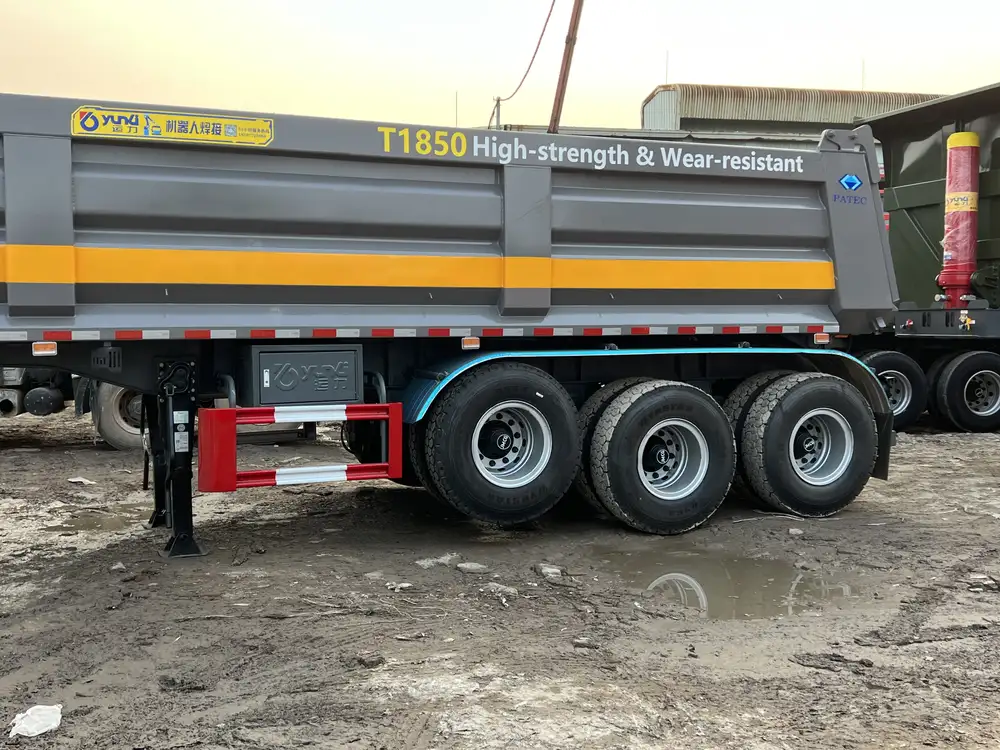
Step 1: Prepare for Refilling
Equipment Needed
- LP tank wrench: Used to disconnect the tank from the trailer.
- Refilling station: Identify a reputable propane dealer or gas station with LP refilling capabilities.
- Personal Protective Equipment (PPE): Gloves, goggles, and appropriate clothing.
Step 2: Disconnect the LP Tank
- Shut Off the Appliances: Ensure all appliances using propane are turned off.
- Locate the Service Valve: Usually found on the top of the tank.
- Using the Wrench: Loosen the valve connection that connects the tank to the trailer.
- Remove the Tank: Carefully lift out the tank, keeping it upright to prevent any loss of gas.

Step 3: Transporting the LP Tank to the Refilling Station
- Use a Vehicle: Secure the tank in an upright position in your vehicle. Straps may be necessary to prevent movement.
- Keep Ventilation in Mind: Ensure there is adequate ventilation in the vehicle while transporting the LP tank.
Step 4: Refilling the Tank
Visiting a professional refilling station is typically the safest and most efficient option. Here are key points to note:
- Approach the Counter: Inform the attendant that you need a refill.
- Identify the Tank: Choose the appropriate size and type of tank.
- Refilling Process:
- The attendant will connect a filling nozzle to your LP tank.
- They will monitor the tank’s fill level, often adhering to a “80% full” rule to avoid overfilling.
- It’s a common practice for the attendant to use a scale or liquid level gauge during the process.
Step 5: After Refilling
- Disconnect the Nozzle: Ensure it is securely closed before detaching.
- Monitor the Valve: Listen for any hissing sounds which could indicate a leak.
- Transportation Back to the Trailer: Keep the tank upright throughout the journey back.
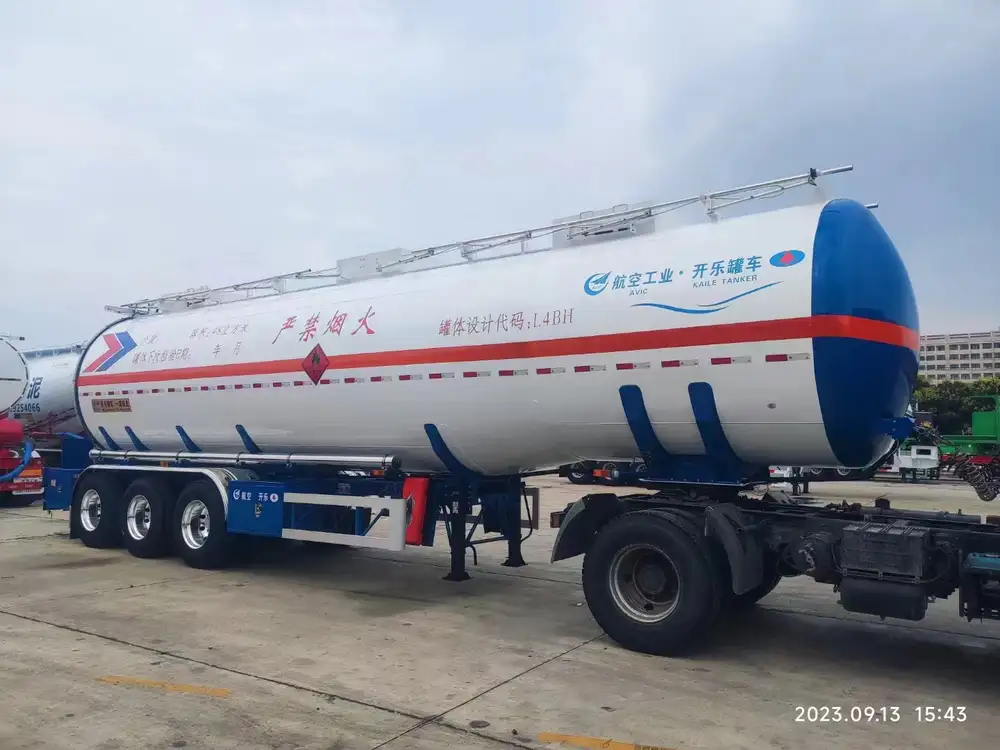
Step 6: Reinstalling the LP Tank
- Secure the Tank: Place the tank back into its designated area in your trailer.
- Reconnect Safely: Use the wrench to reconnect the tank to the service valve.
- Test for Leaks: Conduct a soap and water test on the connections.
Troubleshooting Common Issues
Tank Won’t Fill

Possible Reasons
- Internal valve stuck: Occasionally, the internal mechanism may jam.
- Overfilling prevention device: If the tank has been recently filled, it may not permit refill until a specific time is elapsed.
Leaks After Refilling
If you suspect a leak after refilling:
- Shut off the tank immediately.
- Conduct a comprehensive check for leaks using the soap and water method.
- Seek professional assistance if leaks persist.
Low Performance of Appliances
If appliances seem underpowered after refilling, consider:
- Inspecting the regulator: A faulty or clogged regulator can restrict gas flow.
- Checking for blockages in propane lines could resolve the issue effectively.

Maintenance Tips for LP Tanks
Regular Inspections
Routine checks are essential for ensuring the longevity and safety of your LP tanks. Here are some areas to focus on:
- Visual Inspection: Look for rust, dents, or any other physical damage.
- Leak Testing: Conduct tests every few months as a precaution.
Proper Use and Storage
- Storage Orientation: Always store tanks in an upright position.
- Keep Away From Direct Sunlight: Prolonged exposure can soften materials and warp components.
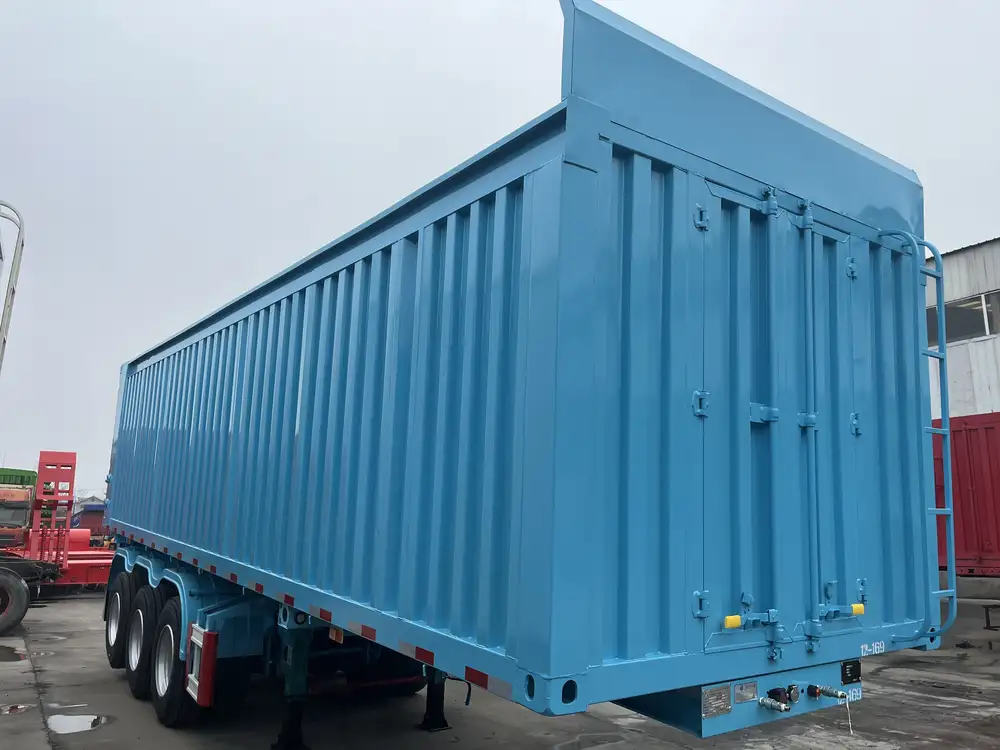
Seasonal Considerations
- Winterization: If left unused during winter, safely store your propane tank, ensuring it is empty or adequately protected from the elements.
Frequently Asked Questions (FAQs)
How Often Should I Refill My LP Tank?
Refilling frequency can vary greatly based on usage but generally should be checked every month, especially with frequent travel.
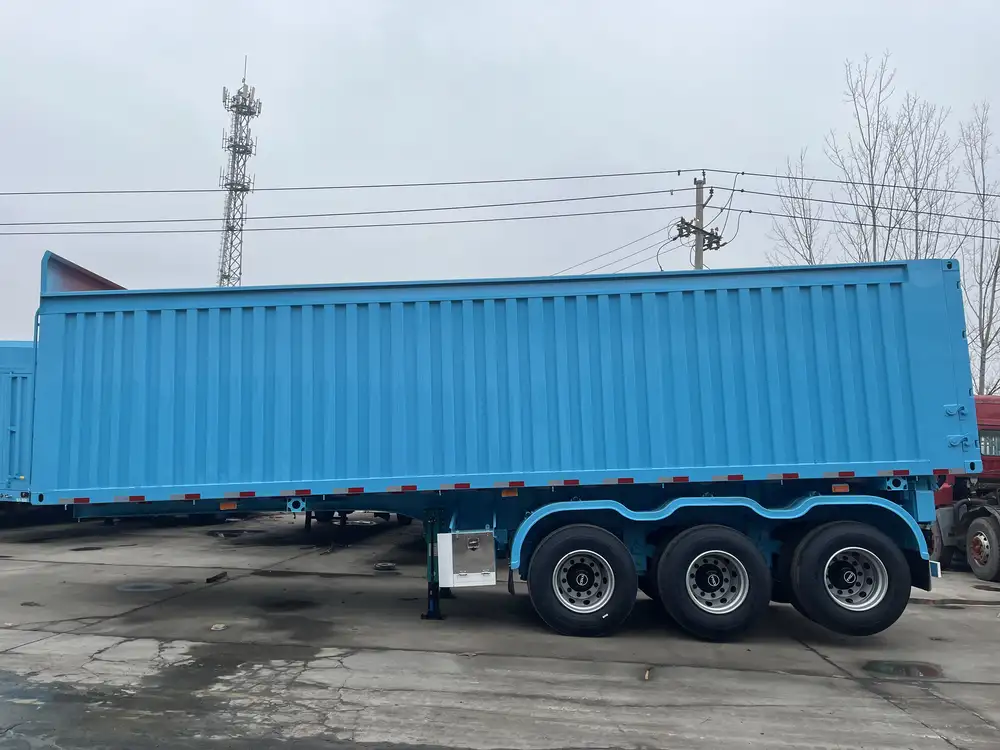
Can I Refill My Own Propane Tanks?
While it is possible to refill tanks at home, it is often recommended to use professional services designed for safety and efficiency.
What Do I Do If I Smell Gas?
Do not take it lightly. Immediately:
- Turn off all gas appliances.
- Ventilate the area.
- Contact emergency services.
Conclusion
Understanding how to refill your travel trailer LP tanks is essential for safe and enjoyable camping experiences. By following the detailed guide above, adhering to safety precautions, and maintaining your tanks regularly, you can ensure that your travel trailer remains in optimal condition, ready for the open road. Whether you’re a seasoned traveler or a newcomer, arming yourself with this knowledge empowers you to handle your LP tank refills efficiently and safely, making your adventures more enjoyable and worry-free.



